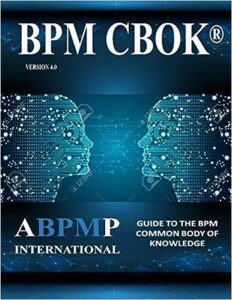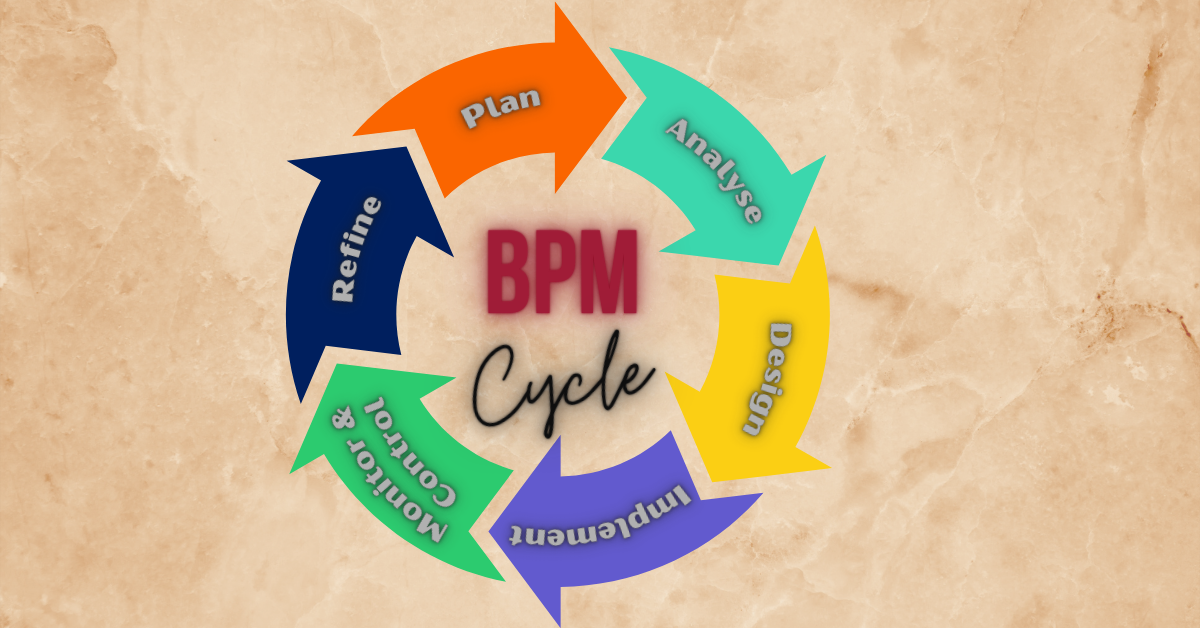
Customer-Centric BPM: The Heartbeat of Business Excellence
When we think in managing business, the value chain is a powerful tool. It’s a model that helps us capture how each action and process in a business adds a disperse of value to the final product or service. And in this dance of incremental enhancements, value aggregation is the star performer, ensuring that the sum of the parts is greater than the whole.
Value aggregation here is more than just the sum of these parts—it’s the reputation for quality that grows with every experience provided satisfied customer. This perception of quality is not just softness; it’s tangible in the customer’s willingness to pay a premium for that perfect service.
In essence, BPM is not about managing projects or tasks but about mastering the flow of value. Each link in the value chain, supported by BPM, solidifies your business’s place in the market and in the hearts of your customers.
The importance of focussing in the costumer
The customer’s point of view is the central point of any business’s success. In an era where options are abundant and switching costs are low, a customer’s perception can make or break the market’s view of a product or service’s worth. This is why the voice of the customer is not just another slogan; it’s the keystone of business strategy and a critical component of Business Process Management (BPM).
Consider the customer’s perspective as the most accurate mirror reflecting the health of your business processes. Every interaction, every transaction, and every feedback loop offers valuable insights into how effectively your business is operating. It tells you whether your value chain is truly delivering value or if it’s merely a chain of missed opportunities.
Why is this perspective so vital?
Because the customer’s experience with your product or service defines the perceived quality and value. If the product or service don’t bring a sum of good experience, the clients will undervaluate all effort produced by the entire team.
In BPM, the customer’s viewpoint guides process improvements and innovations. Processes aren’t just optimized for efficiency; they’re fine-tuned to enhance the customer experience. Each step in the BPM cycle—from design to modeling, execution, monitoring, and optimization—is an opportunity to see through the customer’s eyes.
A business that infuses the customer’s perspective into its BPM is one that aligns its operations with the expectations and needs of its customers. This alignment means that when a client expresses a need for speedier service, the business analyzes and adjusts its processes to cut down wait times. When a customer desires a more personalized experience, the business re-evaluates its customer service processes to ensure a more tailored approach.
Ultimately, adopting the customer’s viewpoint is not just about retaining the clientele you have; it’s about expanding your reach. Happy customers become advocates, and their word-of-mouth can be more powerful than any marketing campaign. By using BPM to adapt and evolve with the customer’s needs at the forefront, businesses are not just chasing success; they’re building it from the ground up, one satisfied customer at a time.
In summary, the customer’s perspective is the true measure of value in any business. It drives the continuous cycle of improvement that BPM represents, ensuring that every process, every system, and every product is not just business-centered but customer-centric. For businesses aiming to thrive and not just survive, calibrating into the customer’s point of view is not optional—it’s imperative.
Customer-Centered BPM: Enhancing Value Through Continuous Improvement
The Association of Business Process Management Professionals (ABPMP) and its BPM Common Body of Knowledge (CBOK) emphasize a customer-centered philosophy as a core component of effective BPM. This approach aligns business processes with the needs and expectations of customers, ensuring that every process within the organization contributes to delivering maximum value.

Key Points on Customer-Centered Philosophy in BPM CBOK:
Understanding Customer Needs:
The BPM CBOK advocates for a deep understanding of customer needs and expectations. It emphasizes the importance of gathering and analyzing customer feedback to identify pain points and opportunities for improvement.
Aligning Processes with Customer Expectations:
Business processes should be designed and continually refined to meet or exceed customer expectations. This means not just focusing on efficiency and cost reduction but also on enhancing the customer experience.
Customer Journey Mapping:
One of the techniques recommended by the BPM CBOK is customer journey mapping. This involves visualizing the customer’s interactions with the company to identify critical touchpoints and ensure a seamless and satisfying experience across all channels.
Continuous Improvement with Customer Feedback:
The CBOK emphasizes the importance of integrating customer feedback into the continuous improvement process. The PDCA (Plan-Do-Check-Act) cycle, a cornerstone of BPM, incorporates customer feedback at the “Check” stage to assess performance and make necessary adjustments.
Customer-Focused Performance Metrics:
The BPM CBOK suggests using customer-focused performance metrics such as customer satisfaction scores, Net Promoter Scores (NPS), and customer retention rates. These metrics help organizations measure the impact of their process improvements on customer satisfaction and loyalty.
Cross-Functional Collaboration:
Effective BPM requires collaboration across different functions within the organization. The BPM CBOK stresses the importance of breaking down silos to ensure that every department is aligned with the goal of delivering superior customer value.
Practical Application:
Example: Car Detailing Company
A car detailing company adopting the BPM CBOK’s customer-centered philosophy would start by thoroughly understanding what their customers value most — whether it’s the quality of the detailing, the convenience of scheduling, or the friendliness of the staff. They might conduct surveys and gather direct feedback to pinpoint specific areas for improvement.
Next, they would map the customer journey from the moment a customer considers booking a service to the follow-up after the service is completed. By identifying all the touchpoints, the company can ensure that each interaction adds value and enhances the overall experience.
Using the PDCA cycle, they would plan improvements based on customer feedback, implement these changes, check the results against customer satisfaction metrics, and act on any new insights gained.
For instance, if feedback indicates that customers want faster service without sacrificing quality, the company might streamline its internal processes, train staff on efficient techniques, and perhaps introduce new technology to speed up service delivery.
By continually focusing on the customer’s perspective and integrating their feedback into every step of the BPM process, the car detailing company not only improves operational efficiency but also builds stronger, more loyal customer relationships.
In conclusion, the ABPMP’s BPM CBOK provides a comprehensive framework that places the customer at the heart of process management, ensuring that businesses not only operate efficiently but also deliver exceptional value to their customers. This customer-centered approach is crucial for achieving long-term success and competitive advantage in today’s market.
But let’s zoom out. How does this all play into Business Process Management (BPM)?
Well, each of these steps—sourcing, training, branding, service—needs to run like well-oiled machinery. BPM is the umbrella that shelters all management types.
Whether it’s the centralized decision-making or the collaborative efforts in staff training, each management style converges under BPM to ensure these processes serve the customer and, ultimately, the organization’s goals.
Professionals skilled in BPM understand this complex set of processes and management styles. They see the service and product providing as a symphony of value-creating activities. And for those looking to improve their BPM expertise, a course like BPM Fast Mode doesn’t just add a skill to your resume; it transforms you into the maestro of your own value chain orchestra, equipped to elevate customer satisfaction to a higher level.
If you have a strong desire to utilize the capabilities of BPM and excel as a management expert, you should contemplate enrolling in our BPM Fast Mode course.
This program will provide you with the means to deeply dive into the potential of managing various types and drive your professional growth towards sucess. Do not pass up this chance to establish yourself as a visionary in the domain of management!






I have been exploring for a little for any high quality articles or blog posts on this sort of area . Exploring in Yahoo I at last stumbled upon this site. Reading this info So i am happy to convey that I’ve a very good uncanny feeling I discovered exactly what I needed. I most certainly will make certain to don抰 forget this web site and give it a look on a constant basis.
Thanks for the comment!
Youre so cool! I dont suppose Ive learn anything like this before. So nice to seek out any individual with some original thoughts on this subject. realy thanks for beginning this up. this website is something that’s needed on the net, someone with a little originality. helpful job for bringing one thing new to the internet!
Thank you for your comment. Would you like to sign up for our BPM Fast Mode courses? If you become our student, we can help you improve in many other aspects of the art of management. You can check it out at https://academy-of-managing.learnworlds.com/
Thanks for your help and for writing this post. It’s been great.
Thank you!